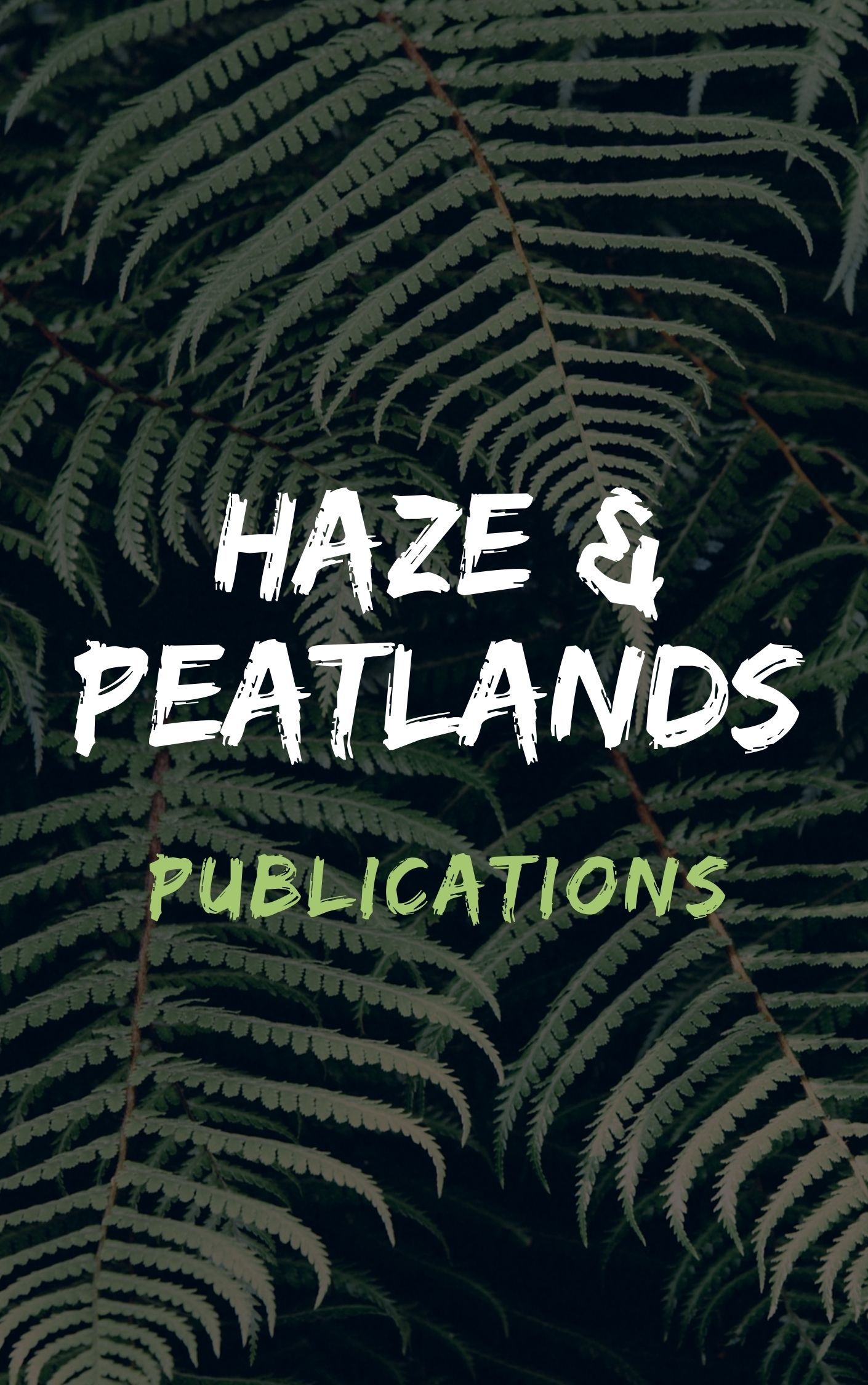The PM10, SO2 and NO2 mass concentrations were obtained over five years from monitoring stations across Nanchong, a southwest city in China. Changes in urban air quality over time, as well as the factors influencing that change, were evaluated based on air pollutant concentrations, the Air Pollution Index (API), and the Comprehensive Pollution Index (P). The results showed that the total annual mean PM10, SO2 and NO2 concentrations over the five years studied were 61.1 +/- 1.1, 45.0 +/- 3.9 and 34.9 +/- 4.9 mu g.m(-3), respectively. The annual mean concentrations displayed a generally decreasing trend; lower than the annual mean second-level air quality limit. Meanwhile, the annual mean API values were in a small range of 52-53, the air quality levels were grade., and P values were 1.06-1.21 less than the slight level (P <= 1.31). Total monthly mean PM10, SO2, NO2 concentrations, and API and P values were consistently higher in winter and spring than during autumn and summer. The results of a correlation analysis showed that temperature and pressure were the major meteorological factors influencing pollution levels. Pollution sources included industrial coal and straw burning, automobiles exhaust and road dust, fireworks, and dust storms.
View source

